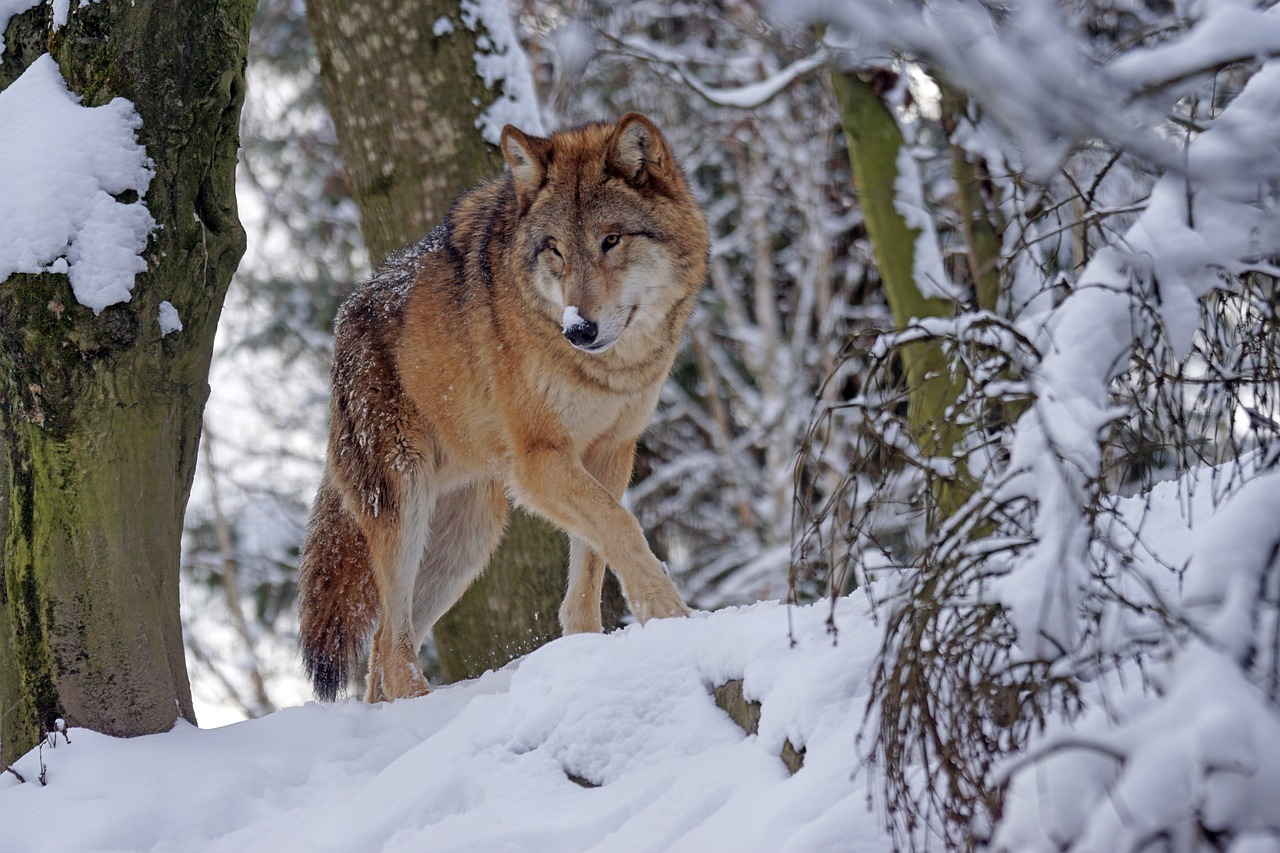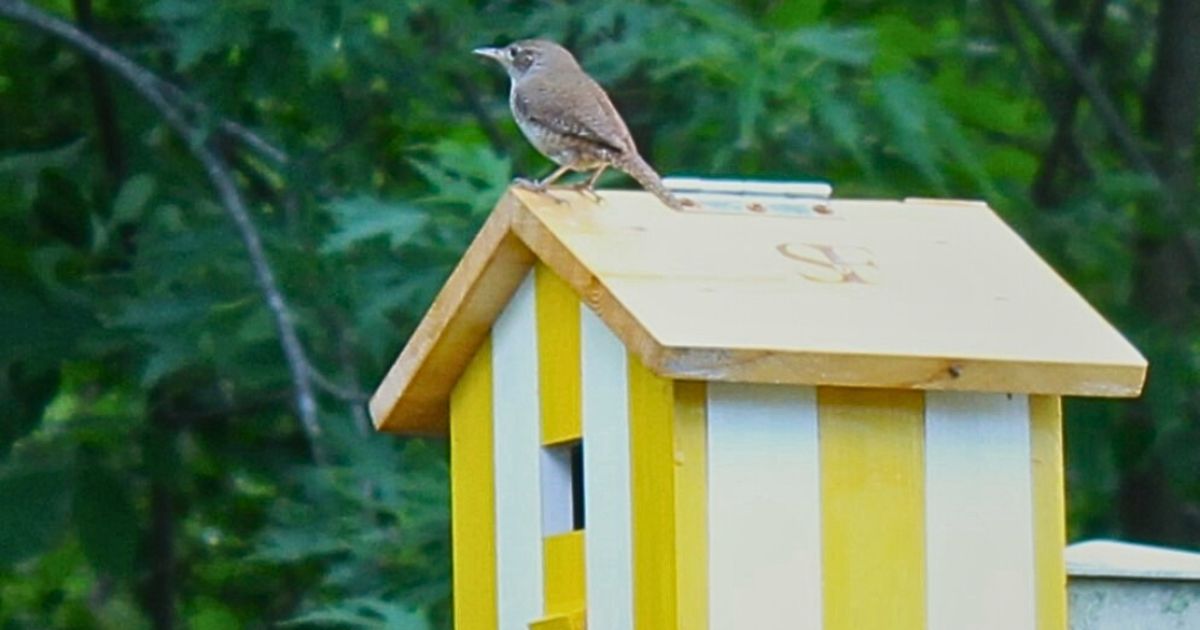The first full moon of the year will be on January 13 at 17:27 EST. It’s known as the Wolf Moon to many as it’s the time of year when wolves howl most often.

It’s also known as the Spirit Moon (Mnido Giizis), and according to the teachings of the 13 Grandmother Moons and the Ontario Native Literacy Coalition, a time to honour the silence and realize our place within all of the Great Mystery’s creatures.
Spirit Moon, the first moon of Creation, arrives with the Northern Lights. It encourages us to embrace silence and recognize our place within the vast tapestry of Great Mystery’s creatures.

The howl of a wolf is one of nature’s most iconic sounds. These carnivorous canines rely on sound to communicate and as many a camper can relate, the signature “call of the wild” can be heard up to 10km away. While the sound is most often heard during the quiet hours of the evening, it is contrary to popular belief that wolves howl at a full moon. Wolves, in fact, howl at all times of the day and may even call out when there is active weather approaching.
There have been many studies revealing the sensitivity of some canines during storms. The consensus is that the reaction is due to atmospheric changes, static electricity and perhaps sound itself.
Many dog owners for instance have been forced to pamper a scared pooch during a thunderstorm. With their exceptional sense of hearing, canines may be able to detect the sound of thunder well before humans do. Another possibility is a buildup of static electricity in the animal’s fur, much like our own shock when removing a fuzzy sweater. Add in the change of air pressure, which routinely affects humans, triggering debilitating headaches and the wolf may be leading the storm detecting pack.
Could the wolves be calling out in pain or warning their pack? We may never truly know, but it is something to keep in mind the next time you hear the howl of a wolf. — Anwar Knight
One of Canada’s foremost writers and educators on astronomical topics, the Almanac has benefited from Robert’s expertise since its inception. Robert is passionate about reducing light pollution and promoting science literacy. He has been an astronomy instructor for our astronauts and he ensures that our section on sunrise and sunset, stargazing, and celestial events is so detailed and extensive it is almost like its own almanac.












